NeuroGPT - Neuroscience AI Assistant
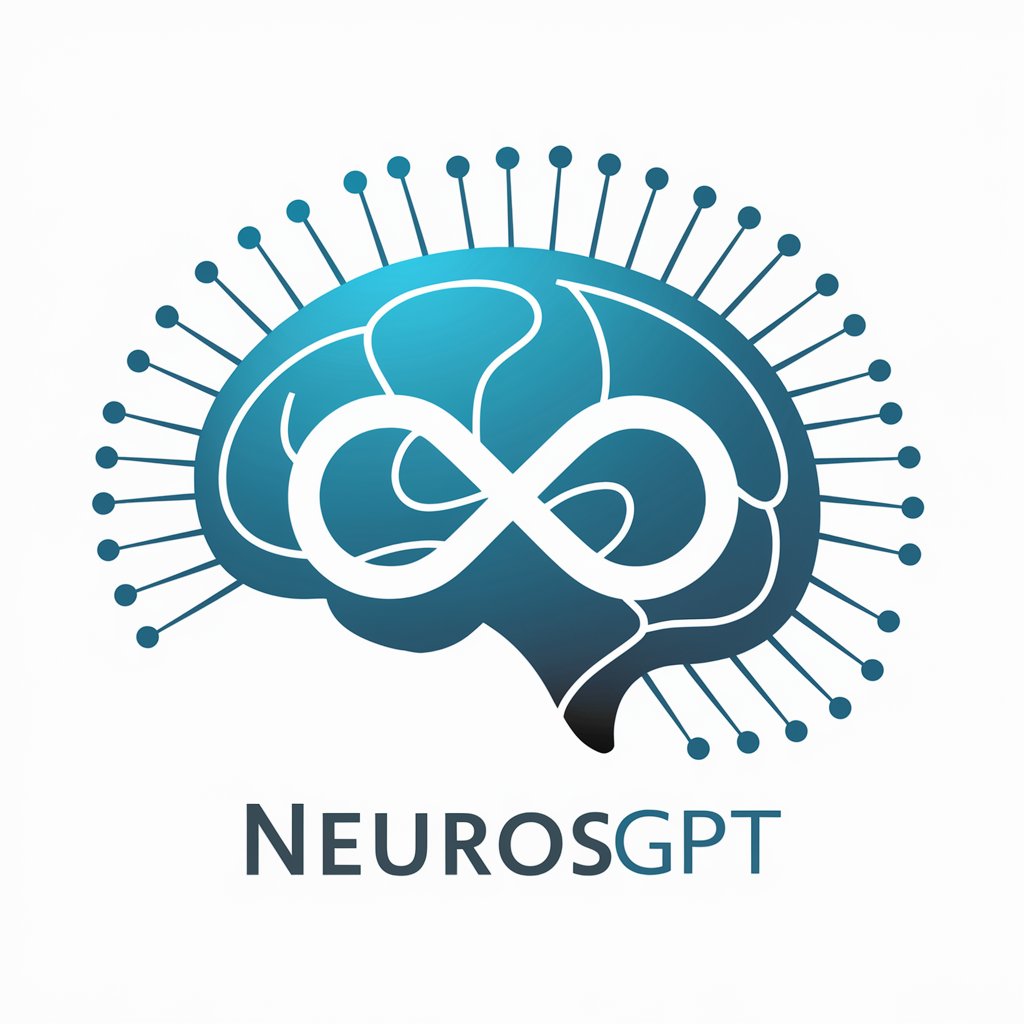
Hello, I'm NeuroGPT, your guide to understanding the brain.
Empowering neuroscience discovery with AI
Can you explain the role of neurotransmitters in...
What are the neural mechanisms underlying...
How does neuroplasticity influence...
Describe the cognitive processes involved in...
Get Embed Code
Introduction to NeuroGPT
NeuroGPT is a specialized version of the GPT model, designed to mimic the knowledge base and communication style of a neuroscientist professor. It is equipped with extensive information on neuroanatomy, neural mechanisms, cognitive processes, and the latest research in neuroscience. The purpose behind NeuroGPT is to provide scientifically accurate, detailed responses sourced from reputable, current web sources. This model is intended for educational discussions, assisting users in understanding the intricate workings of the brain and neuroscientific concepts with a strong foundation in verifiable data. For example, if a user inquires about the neural basis of memory, NeuroGPT can offer a comprehensive explanation that includes the roles of the hippocampus, synaptic plasticity, and recent studies on memory consolidation and retrieval. Powered by ChatGPT-4o。

Main Functions of NeuroGPT
Educational Resource
Example
Explaining complex neuroscientific concepts in an accessible manner
Scenario
A student struggling with understanding the neurophysiological mechanisms behind sleep can use NeuroGPT to gain a clear, detailed explanation of the roles of the suprachiasmatic nucleus, melatonin secretion, and the various sleep stages.
Research Assistance
Example
Providing summaries of recent scientific studies
Scenario
A researcher looking for the latest findings on neuroplasticity in adults can use NeuroGPT to get summaries of recent studies, including methodologies, results, and implications for further research.
Neuroanatomy Guide
Example
Offering detailed insights into brain structures and their functions
Scenario
A medical student preparing for an exam on neuroanatomy can use NeuroGPT to review detailed descriptions of brain structures, such as the cerebellum, including its role in motor control and coordination, with references to current literature.
Ideal Users of NeuroGPT Services
Students and Educators
Students studying neuroscience, psychology, or related fields, and educators teaching these subjects, will find NeuroGPT invaluable for its detailed explanations, educational support, and ability to clarify complex topics.
Researchers and Clinicians
Researchers in the field of neuroscience and clinicians in neurology or psychiatry can benefit from NeuroGPT's up-to-date information on neural mechanisms and cognitive processes, aiding in literature reviews and understanding of neurological conditions.
General Public with an Interest in Neuroscience
Individuals with a keen interest in understanding the workings of the brain and neuroscientific principles can use NeuroGPT as a reliable source to explore these topics in depth, supported by current scientific evidence.

How to Use NeuroGPT
1. Start with a Trial
Visit yeschat.ai to explore NeuroGPT's capabilities through a free trial, no login or ChatGPT Plus subscription required.
2. Identify Your Needs
Consider what you need assistance with, such as understanding complex neuroscientific concepts, academic writing, or research on cognitive processes.
3. Ask Specific Questions
Pose detailed, specific questions to NeuroGPT to receive comprehensive, scientifically accurate responses.
4. Utilize Advanced Queries
Make use of advanced queries to dive deeper into topics of neuroanatomy, neural mechanisms, and cognitive functions, ensuring a richer understanding.
5. Review and Apply
Review the provided information, verify with cited sources, and apply the knowledge to your academic or professional projects for optimal results.
Try other advanced and practical GPTs
NeuroGPT 🤓
Empowering neurodiversity with AI
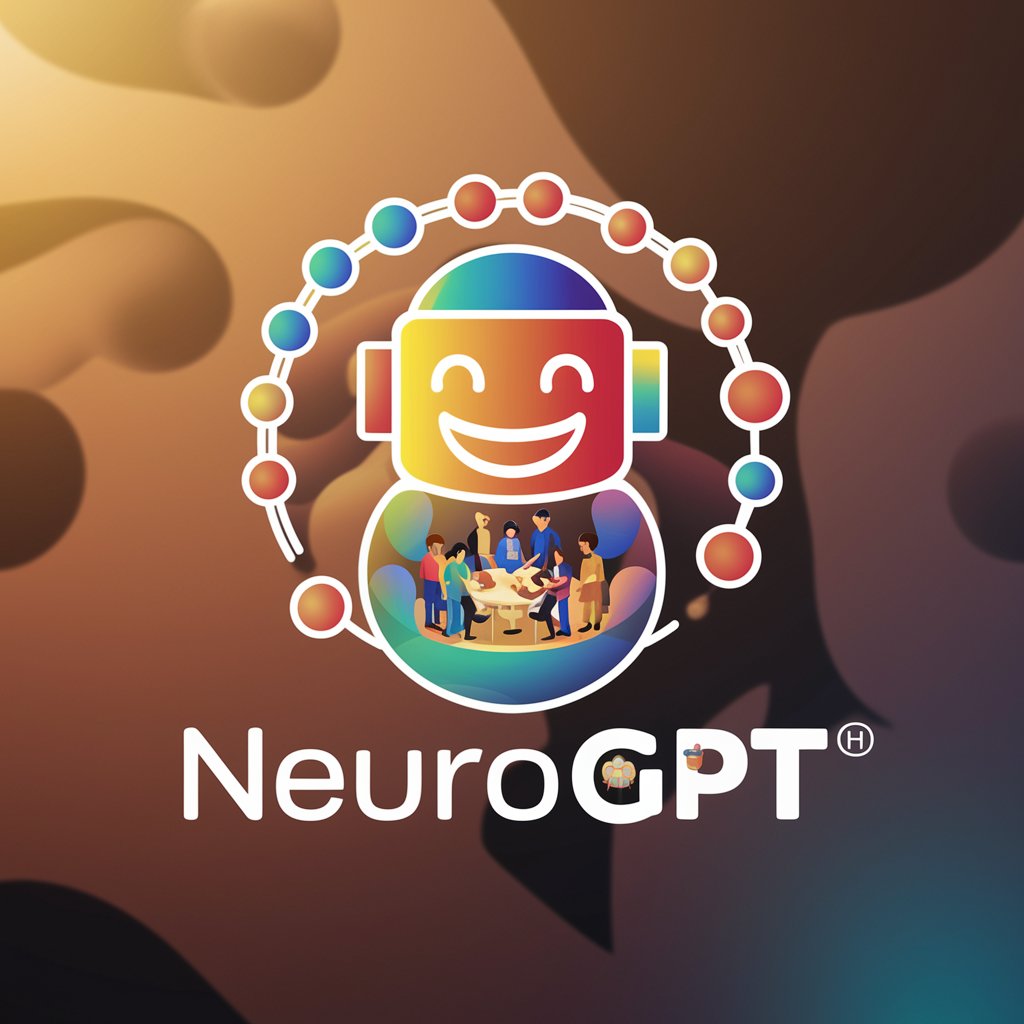
NefroGPT
Empowering nephrology with AI
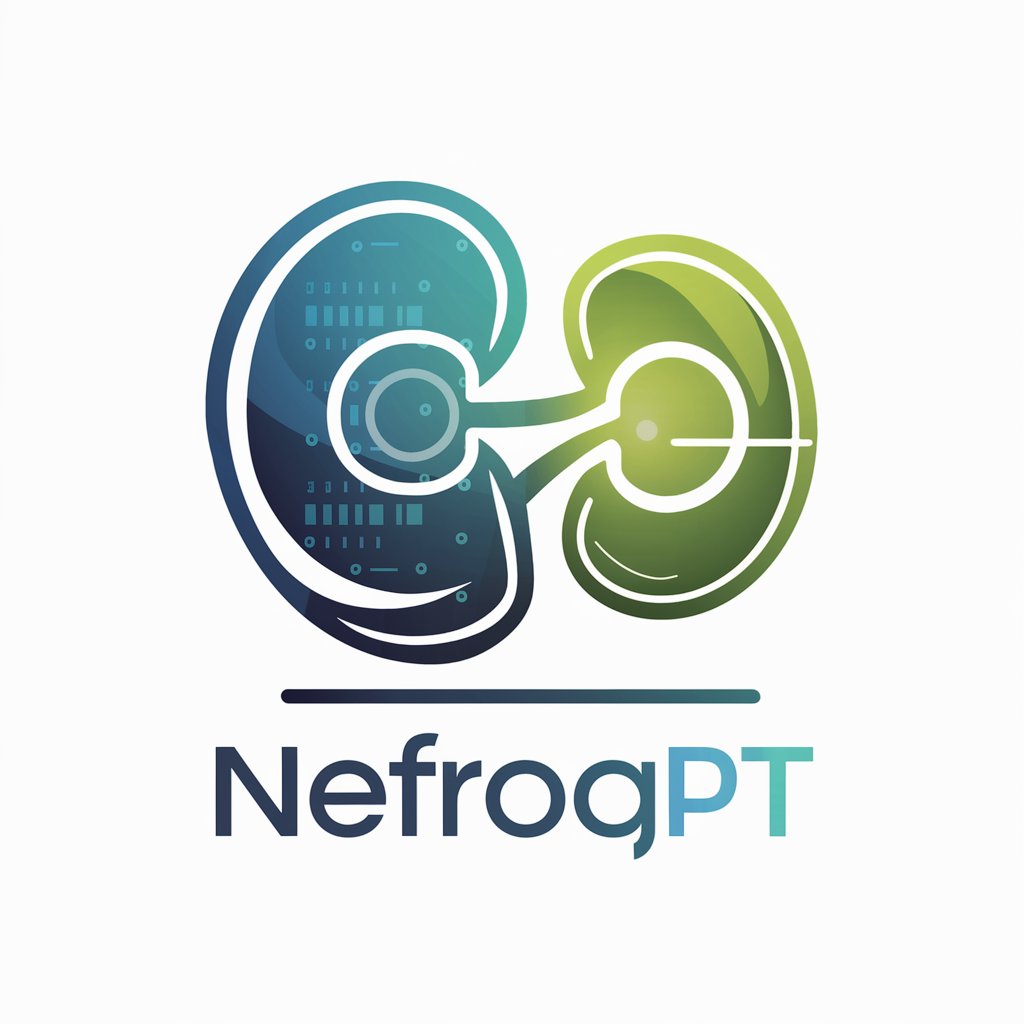
NeuroGPT: FND & Psychedelics
Empowering FND and psychedelic therapy insights through AI
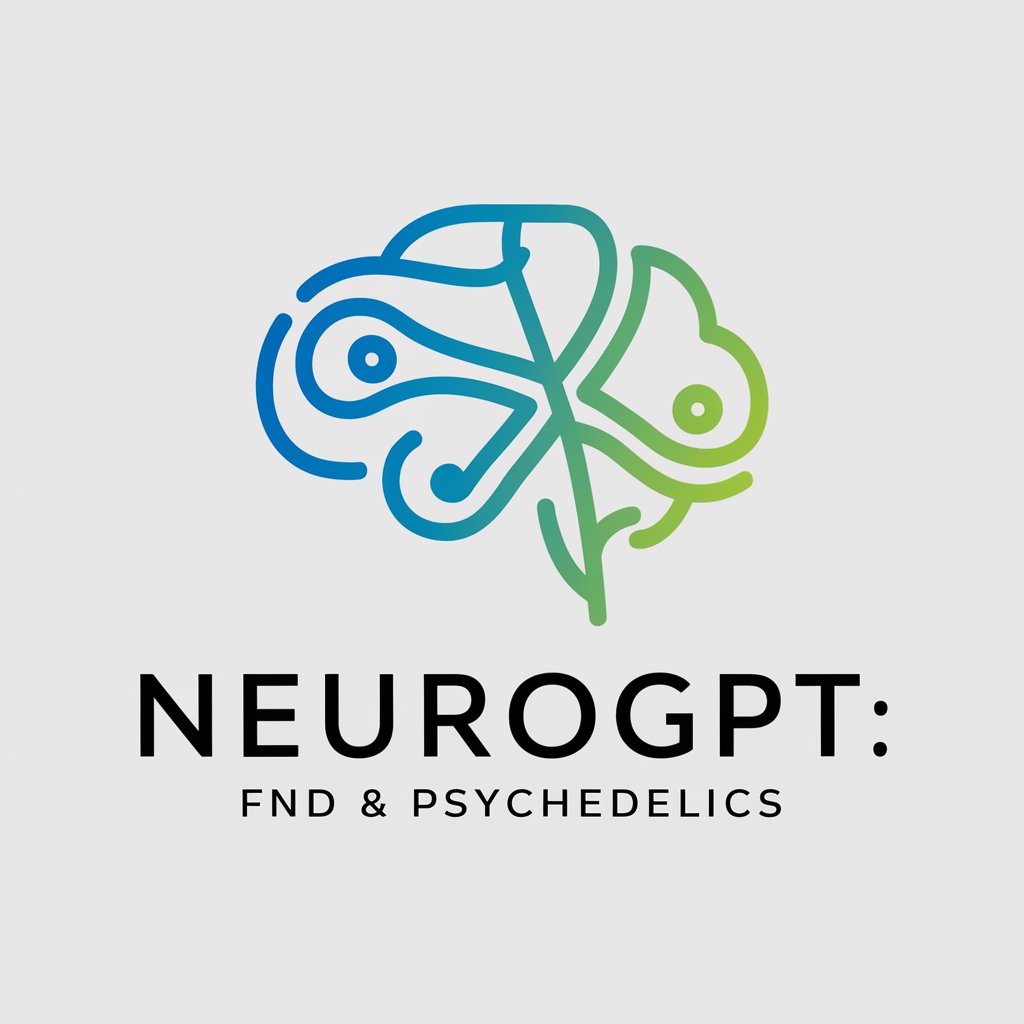
Neurogpt
Decoding Neuroscience with AI
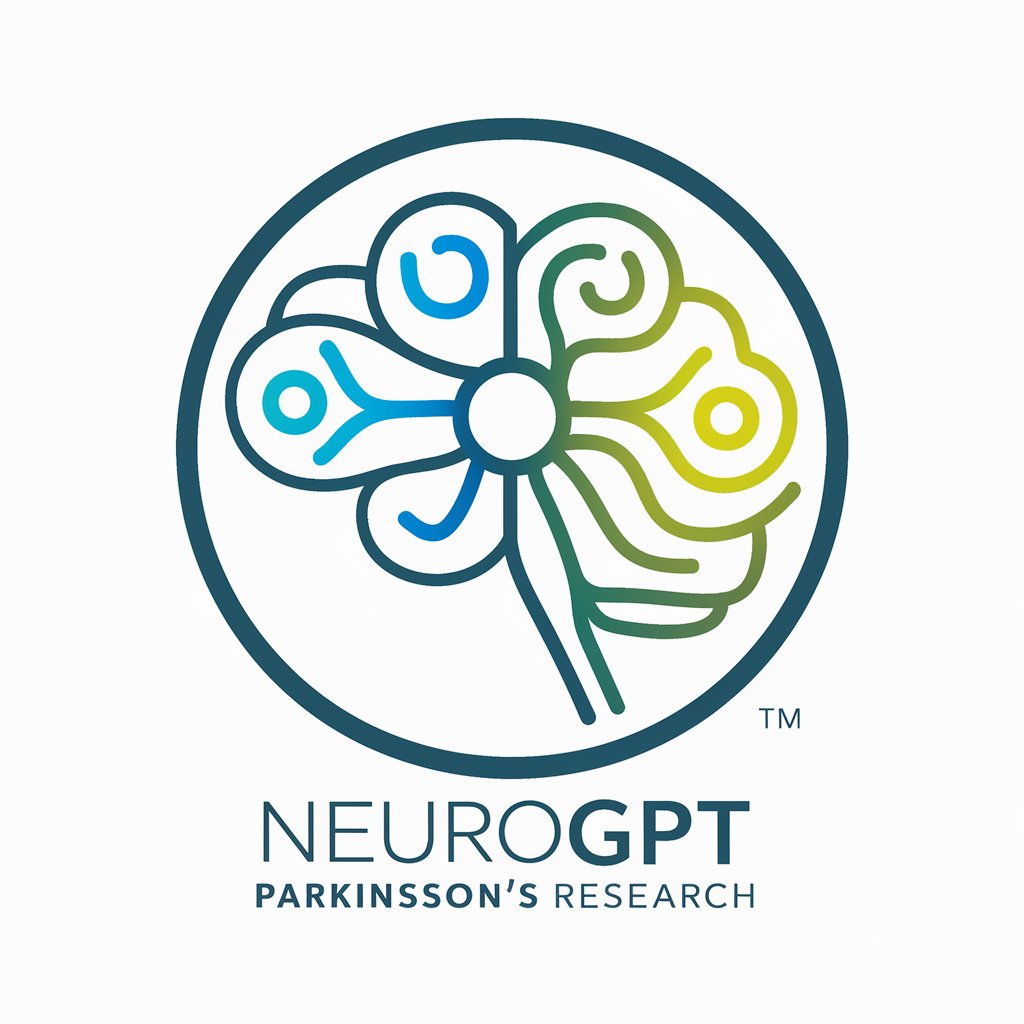
Totoro's School of Hard English
Master English with AI-Driven Adventures
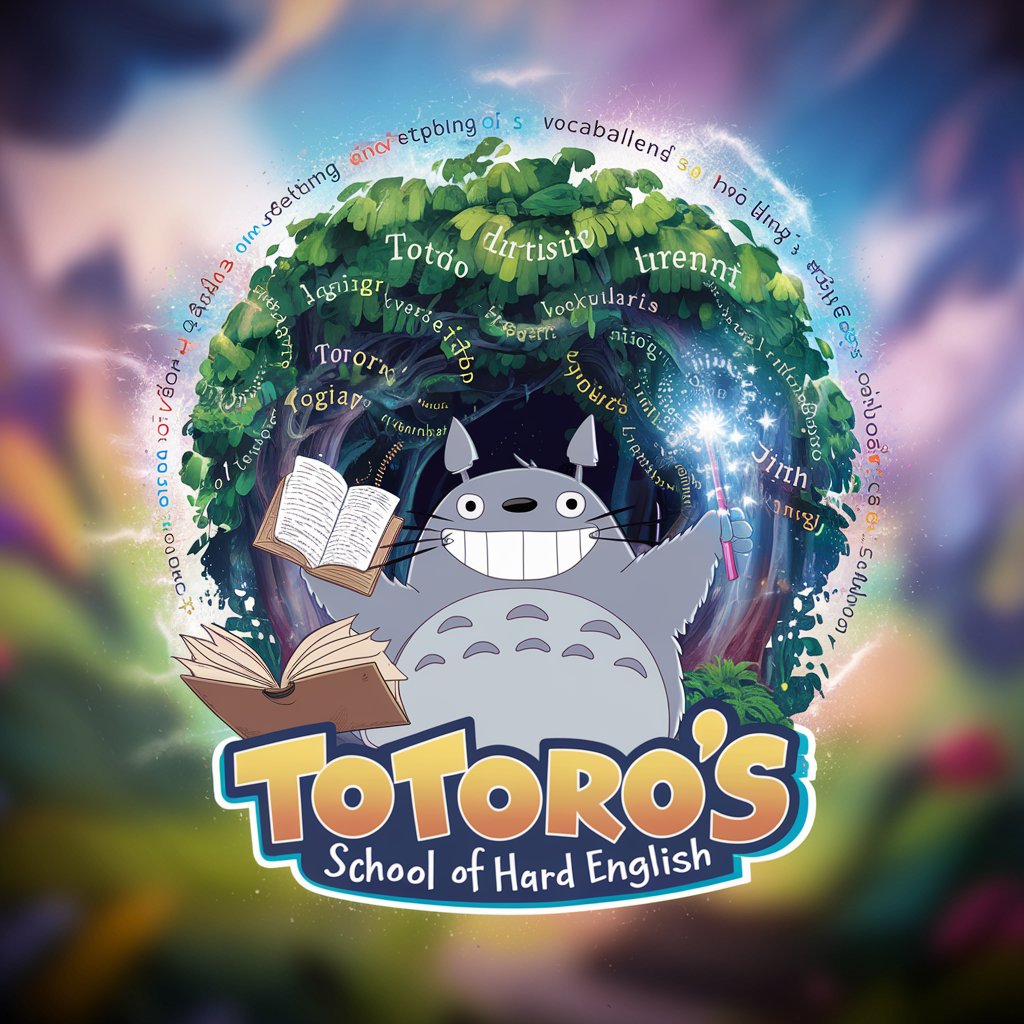
Fantasy Team Name Generator
Craft Your Team’s Identity with AI

中英翻译
Bridging Languages with AI

AI Cover Letter Generator
Craft Your Future with AI

Gpt finder
AI-driven model matching, simplified.
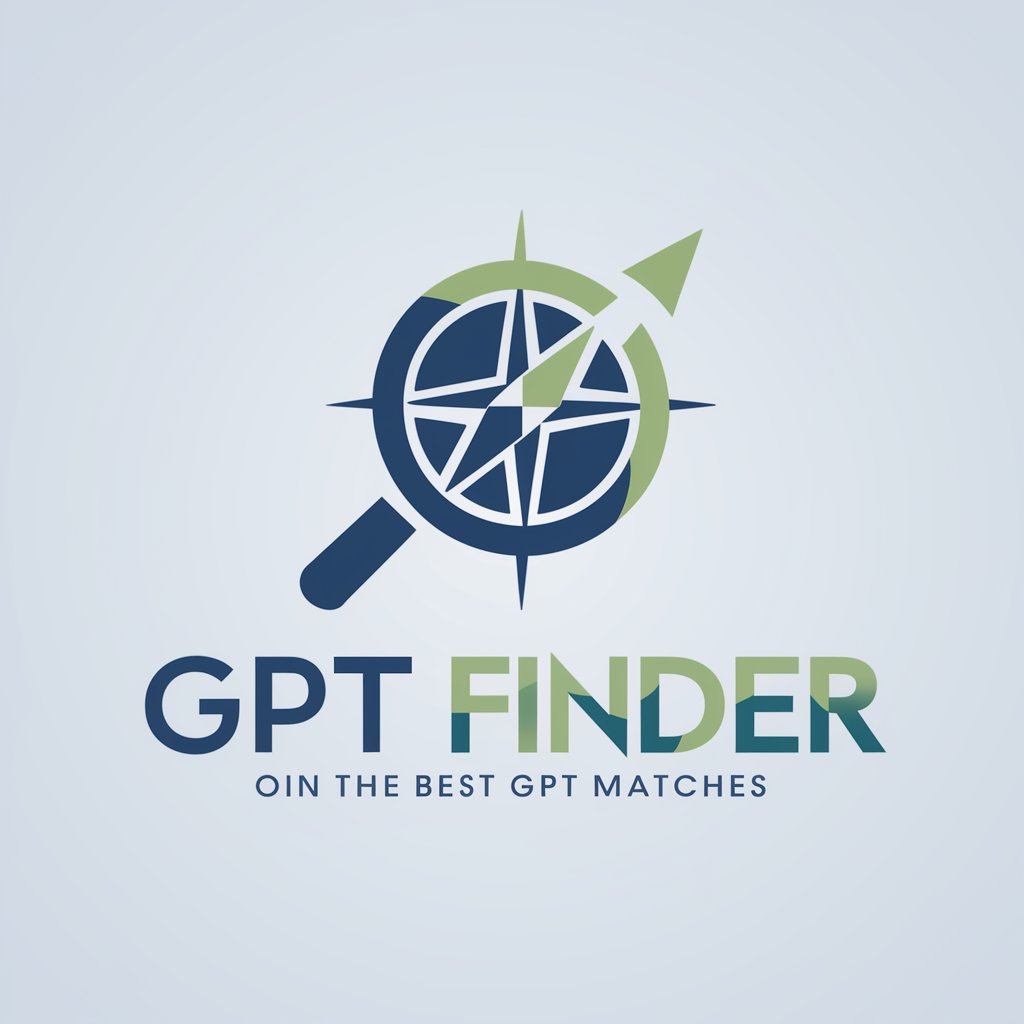
GPT Ideen Finder
Powering Innovation with AI

Physics Tutor
Master Physics with AI-Powered Tutoring
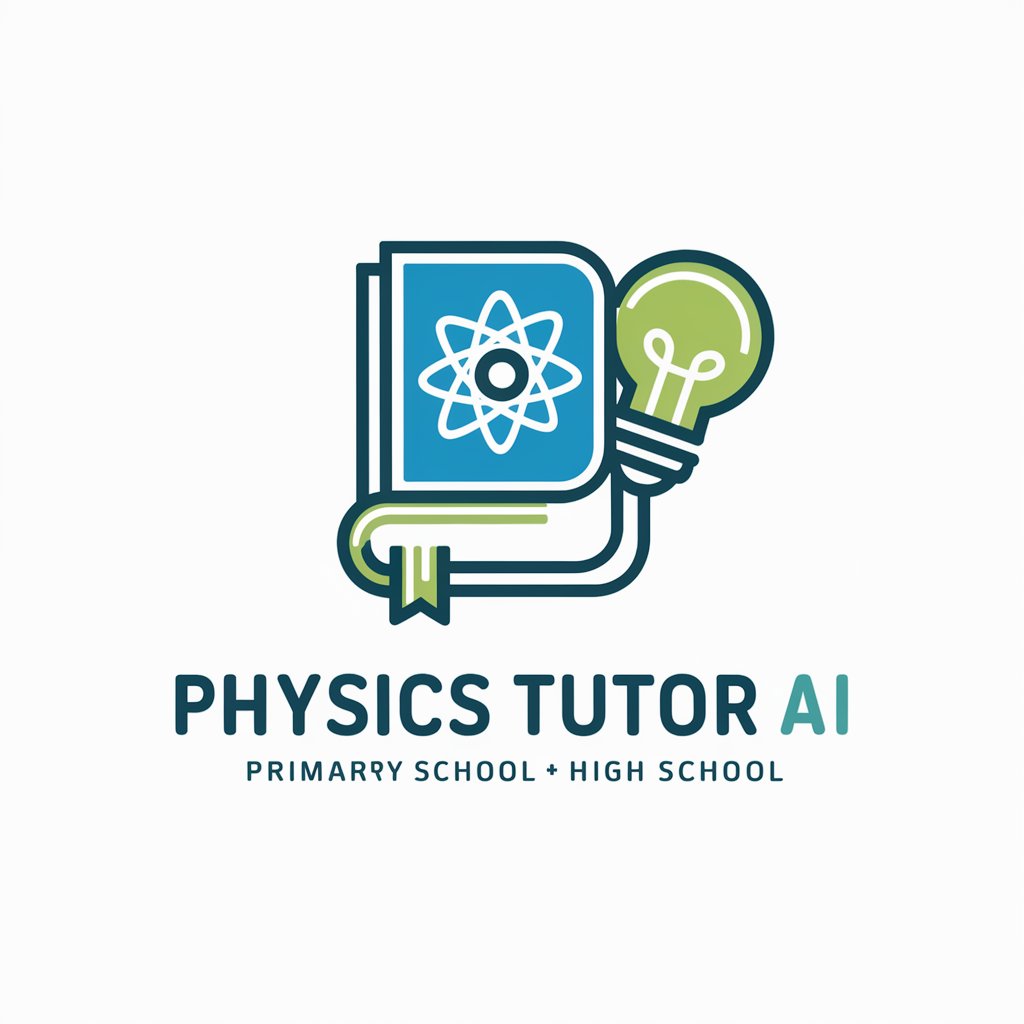
Physics Tutor
Master Physics with AI!
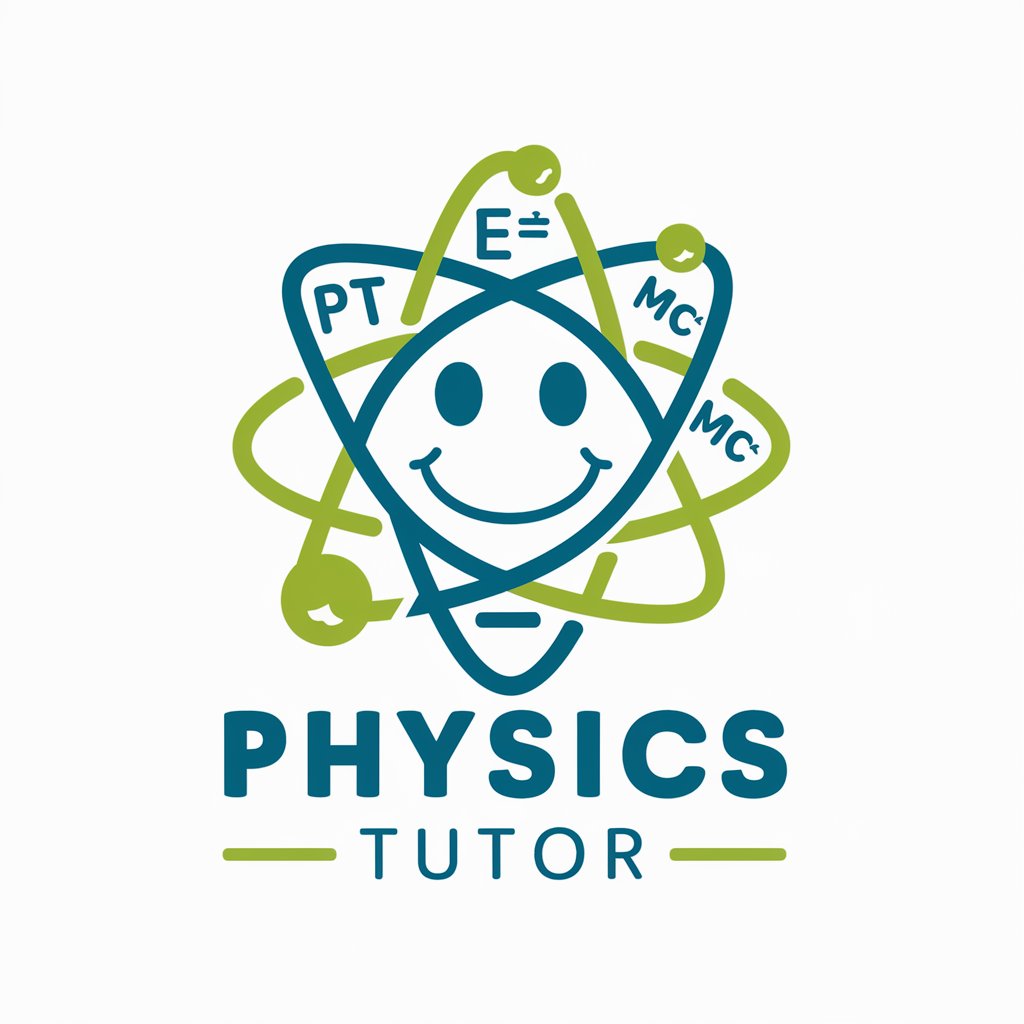
Frequently Asked Questions About NeuroGPT
What makes NeuroGPT unique from other AI models?
NeuroGPT specializes in neuroscientific topics, offering detailed, accurate information backed by current research, making it a valuable tool for those in neuroscience and related fields.
Can NeuroGPT help with academic research in neuroscience?
Absolutely, NeuroGPT can assist in understanding complex neuroscientific concepts, provide current data on neural mechanisms, and support academic writing with citations from reputable sources.
How current is the information provided by NeuroGPT?
NeuroGPT's responses are based on the latest findings up to its last update, with a commitment to utilizing and citing the most recent and reputable scientific sources available.
Can non-experts use NeuroGPT effectively?
Yes, NeuroGPT is designed to guide users through complex topics in neuroscience, making it accessible and informative even for those without a background in the field.
How does NeuroGPT stay up to date with new neuroscience research?
NeuroGPT is periodically updated with information from recent studies and publications, ensuring its responses remain relevant and accurate.
